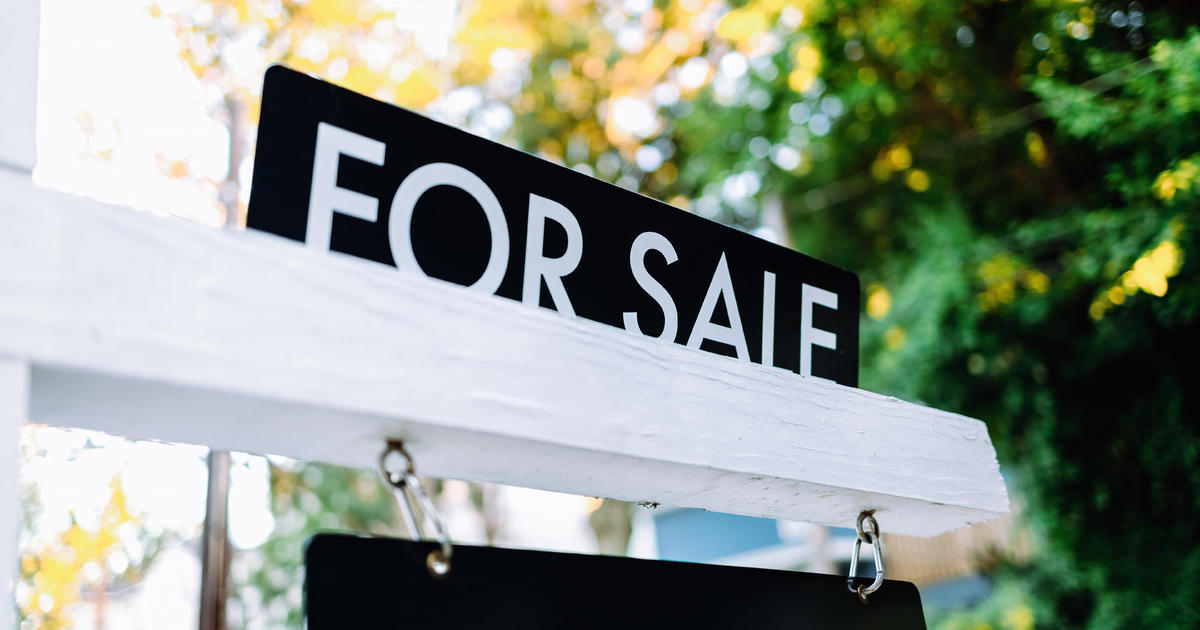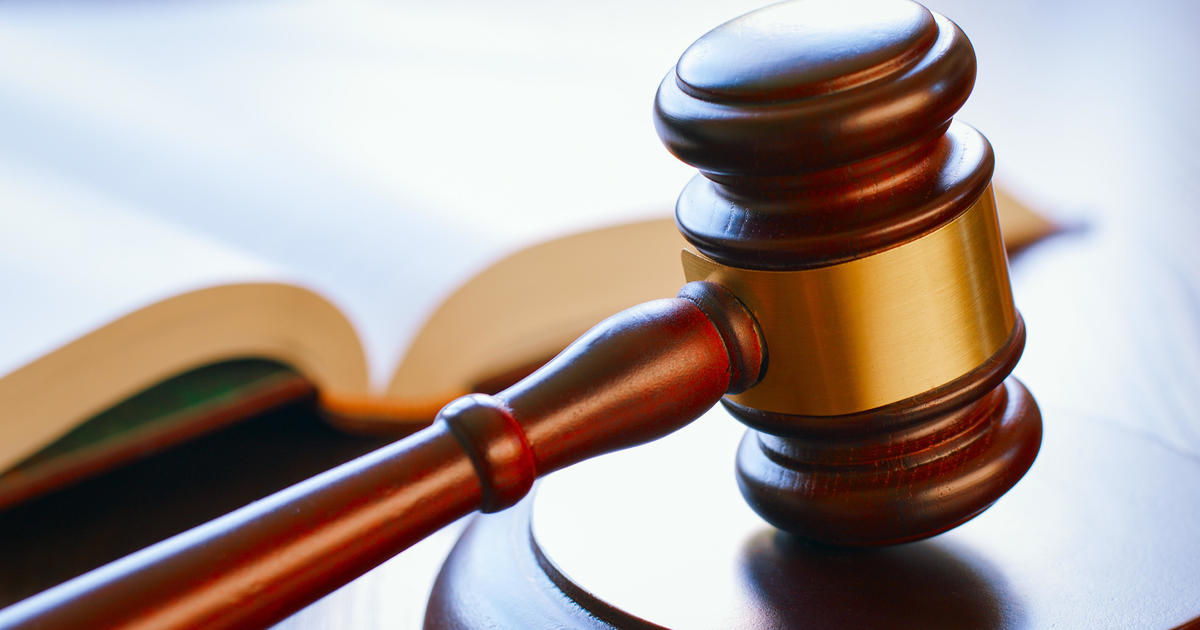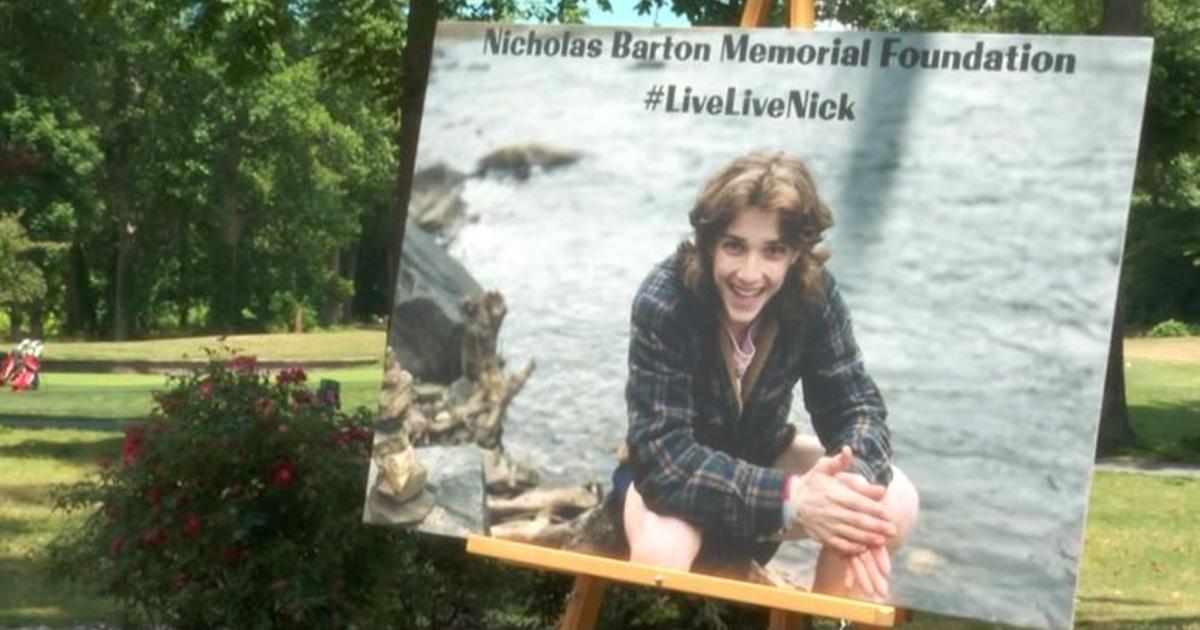Opinions Differ On Color For Md. State House Dome
By EARL KELLY
The Capital of Annapolis
ANNAPOLIS, Md. (AP) -- The State House dome, which is getting a new paint job, is a near-sacred place for people who appreciate its historical significance. And because people care so deeply, there is a vigorous debate going on over what color it should be.
One group wants to keep the dome white, as it has been for about the past 180 years; the other thinks the eight-sided structure should be yellow, as it may have been during its first few decades.
To muddy the palette, there are no detailed documents that tell how the dome was originally painted.
Because of its historical significance, the dome and its color must be taken seriously, State Archivist Dr. Edward Papenfuse said.
"The dome is a metaphor for the federal government and the relationship between the federal government and the states," Papenfuse said recently, as he stood on the dome's balcony, about 135 feet above the ground. That was the spot where Thomas Jefferson and James Madison stood for three hours on Sept. 17, 1790, as they looked across the city and discussed the lives of the people -- and the new nation -- down below.
There's little doubt, Papenfuse said, that these two future presidents were pondering the prospects of the young country, which was just beginning the modern world's first experiment with constitutional government. After all, Jefferson had been the principal author of the Declaration of Independence, and Madison, the primary author of the Constitution.
"For Jefferson to come up here in 1790, right at the beginning of the federal period, he was looking at what the nation should be," Papenfuse said.
No one knows what the dome's color scheme was when the lanky Jefferson and the slight Madison stood there and talked 221 years ago.
Papenfuse said the dome should be painted white.
It was a white dome that Abraham Lincoln saw when he walked through Annapolis on Feb. 2, 1865. Lincoln was heading to a steamer on the Severn River, bound for peace talks to save the union.
It also was this white dome that saw Marylanders and Naval Academy graduates march off to serve in World War I and World War II and the Korean War and the Vietnam War and the Afghanistan War and the Iraq War.
Papenfuse has been state archivist since 1975, and said he doesn't know of any earlier debates about the dome's color.
The State House was built between 1772 and 1779, and capped off with a much smaller dome.
The larger dome that stands today was started in 1785 and completed in 1788. Contrary to myth, Gen. George Washington could not have seen this dome when he entered the building to resign his commission on Dec. 23, 1783, when the Continental Congress was using the State House as the nation's capital.
Washington did observe the domed structure in late March of 1791, when he delivered a talk at St. John's College. He was not impressed with what he saw, and wrote that the State House "seems very much out of repair."
The State Archives and the Maryland Historical Trust have hundreds of thousands of pages of documents and images relating to the State House, Papenfuse said, but none of them includes a record of the original paint scheme.
The yellow vs. white debate began recently, when contractors uncovered what may be pieces of yellow paint.
Also, there are two historical images that point to yellow, but they aren't conclusive.
In the summer of 1788, Charles Willson Peale drew a sketch of the dome and labeled part of it as "straw colour."
"What does `straw' mean?" Papenfuse asked by way of illustrating the guesswork that would be required to pick a
suitable shade of yellow.
Then, around 1794, Charles Cotton Milbourne, an obscure artist who may have been a theater set painter, did a watercolor that shows a large part of the dome as amber. Other parts were gray in the painting, and parts of the trim and roof were a shade of blue that approached purple.
Milbourne's painting likely includes a good bit of artistic interpretation, and it's not very helpful for historical preservationists.
On a recent tour, Orlando Ridout V, an architectural historian with the Maryland Historical Trust, had with him a wooden siding shingle that was removed from the dome years ago. The wood was covered by melted copal, a type of resin that is similar to shellac. The coating gave the wood an amber tone, and it may have been this varnished wood that Peale described as "straw," and which later got painted over.
One man who knows a lot about architectural history and the use of color is a strong proponent of yellow.
In keeping with 18th century architectural standards, Annapolis architect Fred Fishback said, the dome's vertical surfaces would have been painted strong, bright colors such as yellow, with white being reserved for trim.
"I have done a lot of research that says what it ought to be, and the State House dome was originally painted a golden color," Fishback said.
Fishback added that golden yellow paint and the black shingles would be Maryland's state colors, a point the General Assembly likely considered in 1788.
The drum, or large vertical base, should be yellow, he said, with the bell-shaped part of the structure being covered in dark gray or black slate. The balcony railing would remain white, as a piece of trim, but the vertical section -- where Jefferson and Madison stood -- would be yellow, as would the curved part of the dome at the very top. The oval windows and rest of the woodwork would be white, he said.
"The State House dome is a statement of joy; they (the Americans) had won the (Revolutionary) war, and they were a joyful lot," Fishback said.
The dome should be painted to reflect that joy, he said.
One side in the color debate seems to see the dome as one piece of architecture, while the other regards it as part of a larger building.
"It's the dome that's the symbol of Maryland," Fishback said.
Only, his opponents say, if the dome were painted yellow, it would not fit in with the rest of the State House.
The dome's environment has changed considerably since the structure was built in 1788.
The front portico was enlarged at some point, and between 1902 and 1905, the size of the building more than doubled when the addition was built that now houses the General Assembly.
"The building has evolved over its entire history and it has never lost its significance. ... The yellow paint is just one part
of a long and complex history," Ridout said. "As architectural historians, we would love to paint it yellow. ... Only, there's all of the (entire building's) history to consider."
The Maryland Historical Trust has said the dome should remain white.
House Speaker Michael Busch, who is from Annapolis, serves on the State House Trust, the body that oversees the State House.
"It should be white, as it currently is, and as suggested by the State Archivist and the Maryland State Trust," Busch said.
Fishback said he and other proponents of painting the dome yellow aren't finished. He declined to say what his next move will be.
Busch surmised that the proponents of changing the dome's color could appeal to Gov. Martin O'Malley to intervene, but he doubts they will be successful.
A spokeswoman for O'Malley said the governor is leaning toward keeping the dome white.
"The governor has seen both versions," Takirra Winfield said. "He likes the (1794) watercolor, but he understands the reason for keeping it white. He's leaning toward white, to keep the color the way it is. ... Now, that could change."
Weather permitting, the current painting job should be completed by the end of this month, but it's a safe bet the yellow vs. white color debate will go on long after contractors remove the scaffolding.
Information from: The Capital of Annapolis, Md.,http://www.hometownannapolis.com/
(Copyright 2011 by The Associated Press. All Rights Reserved.)



